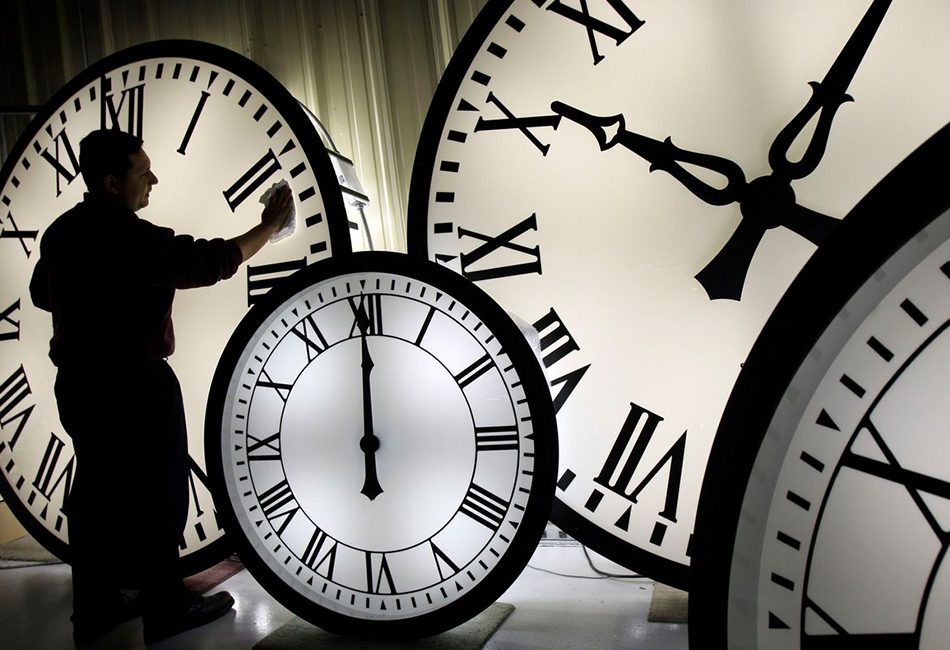Hour difference between Melbourne and Athens
Daylight saving starts in October in many parts of Australia, as summer approaches.
That means clocks must be put forward by one hour at 2am on the first Sunday in October (2nd October), in all states and territories except for Western Australia, Northern Territory and Queensland.
Clocks on phones and other digital devices will change automatically, but manual clocks will need to be changed.
Victoria, New South Wales, South Australia, Tasmania, the Australian Capital Territory and Norfolk Island observe daylight saving.
Queensland, the Northern Territory, Western Australia, Christmas Island or the Cocos (Keeling) Islands don’t follow daylight saving, so their time won’t change.
It should be noted that Greece changes its time to winter time on the last Sunday of October. This means that from the 3rd October until the 30th the time difference between Victoria and Greece will be 8 hours. From there onward the time difference will be 9 hours.
Which country started daylight saving time?
Daylight saving was first adopted in 1908 in Thunder Bay, Canada, as a way to make better use of daylight.
Germany then started starting changing clocks to conserve daylight and reduce the use of fuel in 1916 during World War I.
There has been debate in Queensland about introducing the measures, which happen in 70 countries worldwide, but it is currently excluded.












